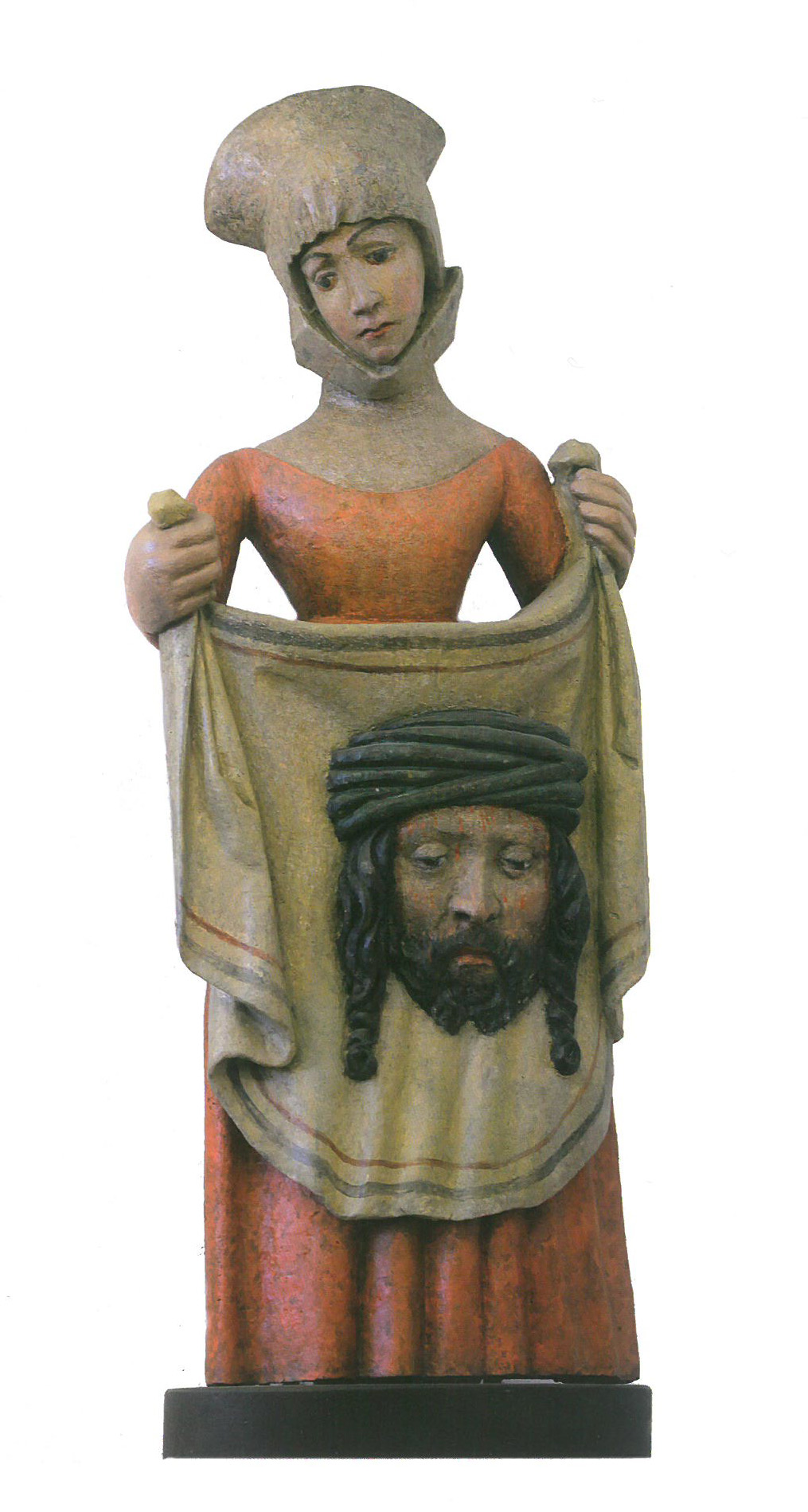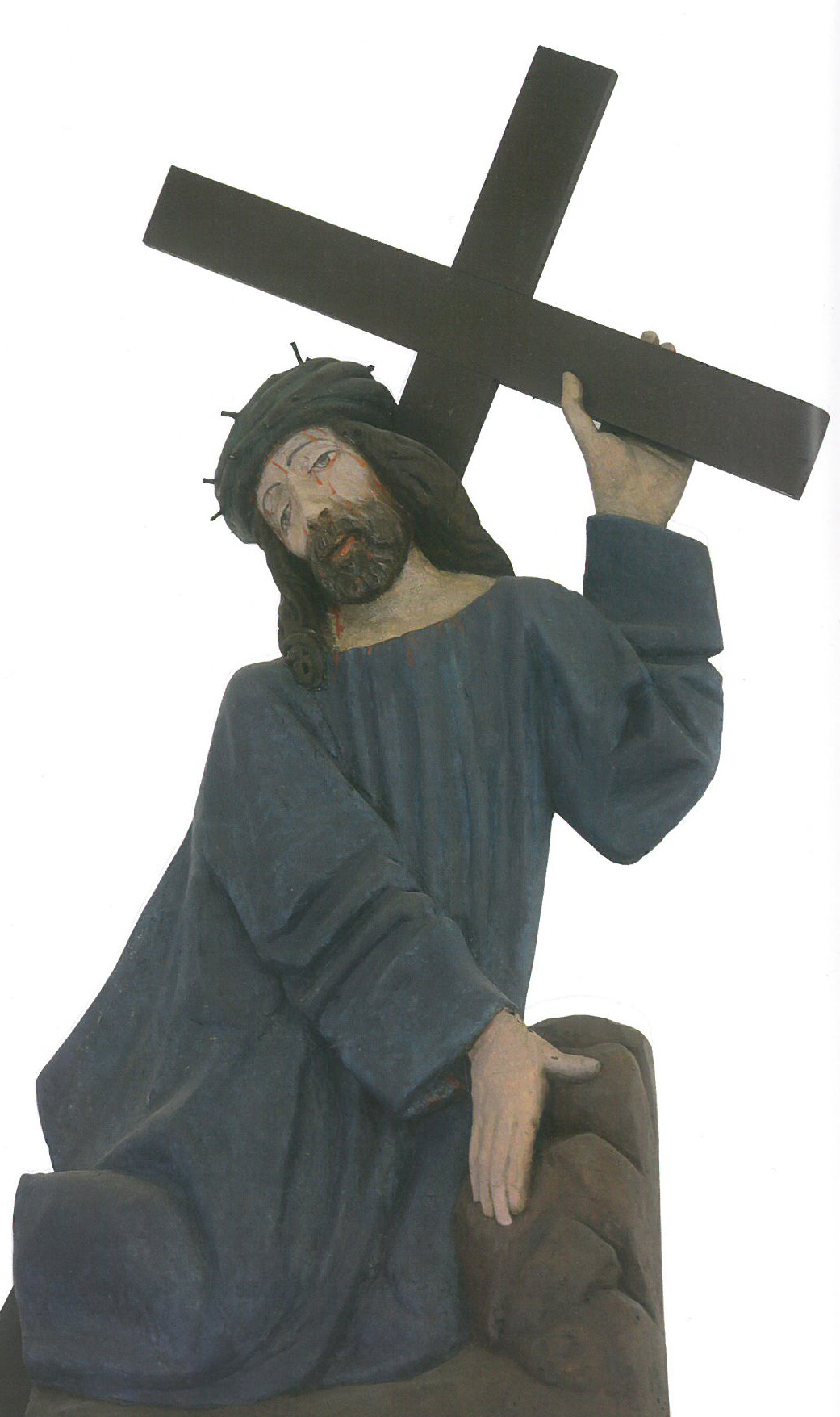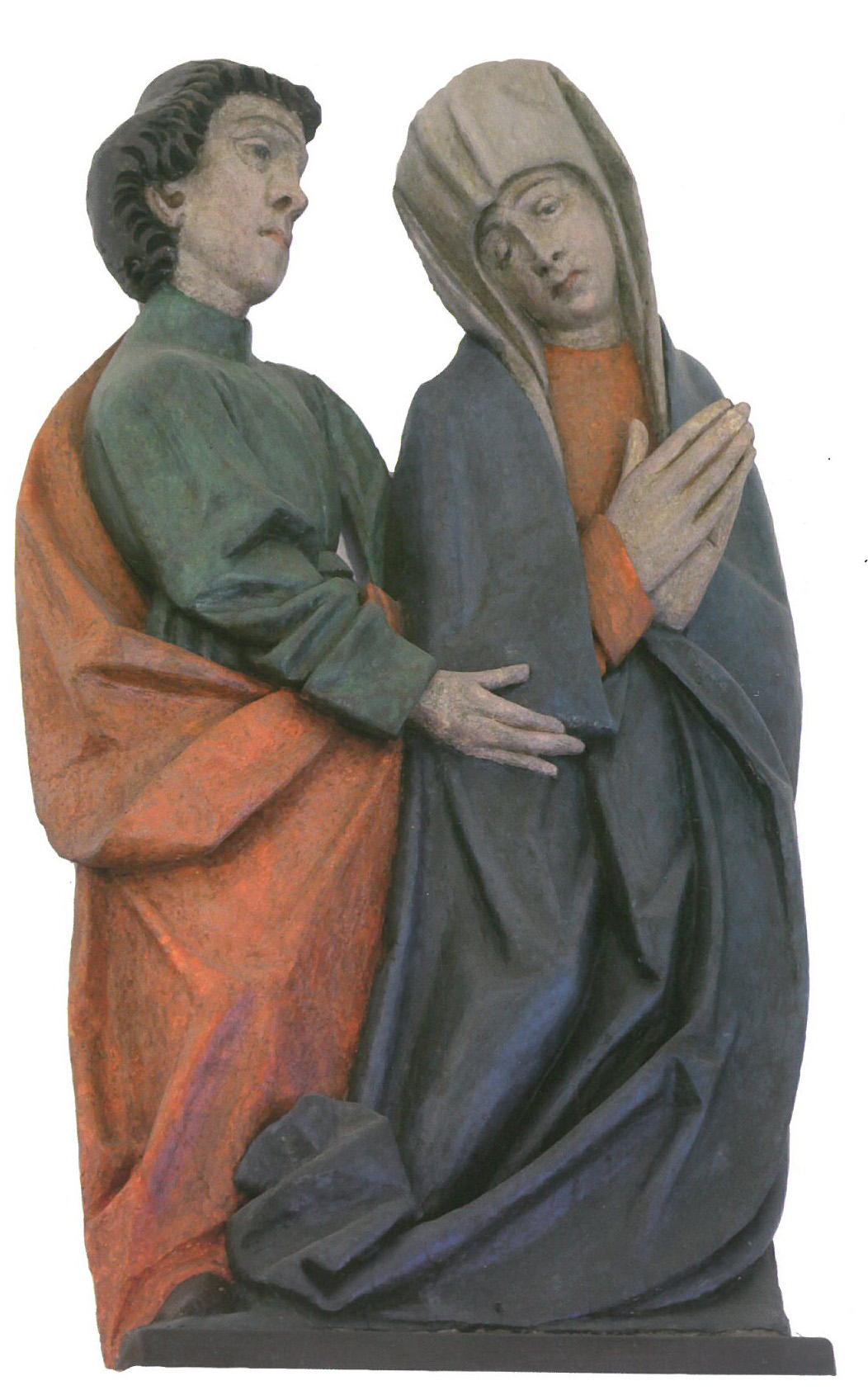Kościół na starym cmentarzu i późnogotyckie rzeźby pasyjne
The Nowy Sącz Church of the Immaculate Conception of the Blessed Virgin Mary, formerly St. Nicholas, has an old but undetermined metrical record. In 1409 it was in the hands of the Norbertines; in 1597 it was visited by Cardinal Jerzy Radziwiłł; in 1608 it was described as "built of brick, covered with shingles, small in size, magnificent in appearance, with three altars"; in 1742 it was destroyed by fire; in 1745 and in later years it was rebuilt; in 1844 it was rebuilt from the foundation of the pharmacist Dionizy Wójcikowski and Józefa Wójcikowska née Kunisz in the style of late classicism; renovated and expanded in the interwar period.
After 1955, the church's original name was changed to its current one. Less than 30 years later, the cemetery church was enlarged, covered with copper sheet metal, and the interior thoroughly modernized. (P. and T. Łopatkiewiczowie Stanisława Tomkowicz Inventory of monuments of the Sądecki district, Kraków 2007). The current interior of the church (according to the design by Czesław Dźwigaj and Jerzy Nowakowski) dates back to the 1980s. At the same time (during the time of parish priest Stanisław Czachor), a copy of the painting of Our Lady of Licheń was ceremonially introduced and placed in the main altar.
The oldest and at the same time most interesting monuments of the church include late Gothic wooden sculptures (formerly in the Swedish chapel), the so-called Group Carrying the Cross (Passion cycle) with figures of Christ carrying the cross, Our Lady of Sorrows with St. John the Evangelist, and St. Veronica, representing the last phase of the so-called broken style, originally part of an unknown altar composition. (All after conservation carried out in 2007 by Adam Janczy).
Below are photos of late Gothic wooden sculptures from the Passion Cycle.
After 1955, the church's original name was changed to its current one. Less than 30 years later, the cemetery church was enlarged, covered with copper sheet metal, and the interior thoroughly modernized. (P. and T. Łopatkiewiczowie Stanisława Tomkowicz Inventory of monuments of the Sądecki district, Kraków 2007). The current interior of the church (according to the design by Czesław Dźwigaj and Jerzy Nowakowski) dates back to the 1980s. At the same time (during the time of parish priest Stanisław Czachor), a copy of the painting of Our Lady of Licheń was ceremonially introduced and placed in the main altar.
The oldest and at the same time most interesting monuments of the church include late Gothic wooden sculptures (formerly in the Swedish chapel), the so-called Group Carrying the Cross (Passion cycle) with figures of Christ carrying the cross, Our Lady of Sorrows with St. John the Evangelist, and St. Veronica, representing the last phase of the so-called broken style, originally part of an unknown altar composition. (All after conservation carried out in 2007 by Adam Janczy).
Below are photos of late Gothic wooden sculptures from the Passion Cycle.
About one of these sculptures, when it was still in the Swedish chapel, Fr. Jan Sygański wrote as follows: "In the altar there is a simple sculpture 'The Fall of Christ under the Cross', formerly placed on the wall of the Hungarian Gate, famous for the fact that it did not burn during a fire, and a certain dark beggar, sitting by it, regained his sight". (Nowy Sącz. His history and historical mementos, Nowy Sącz 2008, note 2).
In recent years, Anna Florek, an art historian from the Museum of the Sądecka Land, has been interested in the sculptures of the Carrying the Cross Group. In one of the catalogues, she quotes an interesting hypothesis by Wojciech Walanus that the relief figures from the first half of the 16th century could have been part of the furnishings of the church of Saints Wojciech and George, which is consistent with the visitation of Archdeacon Jan Januszowski from 1608, which mentioned "imagines" attached to the walls of a long-vanished wooden temple, once located in the immediate vicinity of the current trade school.
Author: Leszek Migrała
Below are photos of late Gothic wooden sculptures from the Passion cycle.
In recent years, Anna Florek, an art historian from the Museum of the Sądecka Land, has been interested in the sculptures of the Carrying the Cross Group. In one of the catalogues, she quotes an interesting hypothesis by Wojciech Walanus that the relief figures from the first half of the 16th century could have been part of the furnishings of the church of Saints Wojciech and George, which is consistent with the visitation of Archdeacon Jan Januszowski from 1608, which mentioned "imagines" attached to the walls of a long-vanished wooden temple, once located in the immediate vicinity of the current trade school.
Author: Leszek Migrała
Below are photos of late Gothic wooden sculptures from the Passion cycle.



